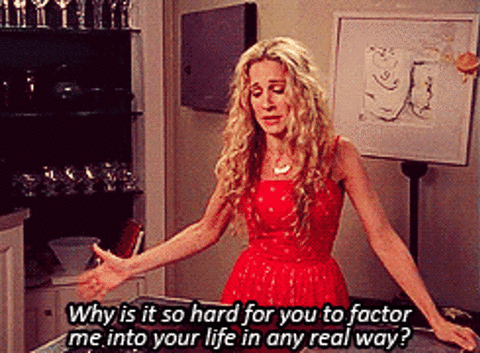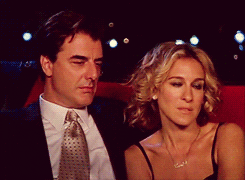We’ve spoken before about the pitfalls of social media therapy when it comes to dating and relationships.
And since anxious attachment was the star of our last post, we thought avoidant attachment deserved some attention (let’s just hope it doesn’t run away 😉).
Learning about attachment styles is a really helpful tool for navigating all sorts of relationships, not just romantic ones. It can shed a lot of light on childhood patterns and family dynamics, friendships, and your relationship with yourself.
But sometimes, we can overanalyse things and put too much emphasis on attachment styles. Just like confusing someone else’s ‘red flags’ with your own anxious attachment style, it’s easy to mistake someone who’s just not that into you for an avoidant attacher.
So how do you tell the difference? And if you do find yourself with an avoidant partner, is it worth pursuing? Here’s how to work it out.
Signs of avoidant attachment
Interpreting other people’s feelings can be a minefield at the best of times. Throw an avoidant attacher into the mix, and it can get even harder to work out what’s going on.
Emotional avoidance can sometimes be mistaken for a lack of care. When actually, that might not be true. If you’re dating someone whom you suspect has an avoidant attachment style (or you suspect you might have an avoidant attachment style yourself) here are some telltale signs.
Avoidant attachers…
Won't always initiate contact
Blow hot and cold
DO want to spend time with you
Show affection or care in smaller ways
Have trouble talking about their feelings
Talk a lot about their independence or feeling suffocated
Refuse emotional support from others
May accuse you of being clingy or needy
The key here is the lack of consistency. Their behaviour (and your intuition) might tell you they do care, but sometimes, they have a funny way of showing it.
On the other hand, if someone’s just not that into you, they…
Don’t want to spend time with you
Don’t initiate contact or respond to you
Don’t show any care or affection
Seem comfortable talking about their feelings (either in the past with you, or with other people)
Might have said they want a relationship and have had committed relationships in the past
Are close to other people e.g. friends and family
Are pretty consistent in their actions
Of course, these are generalisations and humans are complex emotional creatures! How attachment styles show up can vary from person to person.
How to date an avoidant attacher
Sustaining a relationship with or as an avoidant attacher can be a little tricky, but it’s by no means impossible or a surefire sign you should walk away.
If you’re dating someone who’s avoidant, the first thing to do is check in with your own attachment style. Learn what yours is and how it shows up in relationships with others.
It's entirely possible to shift your attachment style from insecure to secure, but you'll find this more challenging in an anxious-avoidant dynamic. So if you're anxious attacher, think carefully about how an avoidant partner could trigger you.
Once you understand yourself and your partner, you can work together to cultivate more security. Here are a few tips that can help if you’re dating someone who is avoidant (again, you can apply them to yourself if you’re avoidant):
Allow them to take personal space when they need it.
Try activity dates instead of sedentary ones.
Recognise communication roadblocks.
Try not to assume an avoidant partners intentions. Instead, see them as they are.
Remember…
There are no good or bad attachment styles. The way we relate to other people is shaped very early on in our lives, so it’s not your fault if you have an avoidant or anxious attachment style.
What we can do as adults is try to understand our attachment styles and learn how to regulate them.
Sharing experiences and advice always helps, so if you’ve got any thoughts on attachment styles, we’d love to hear them in the comments.
And if you haven’t already, don’t forget to subscribe for our weekly (and always free!) posts.







